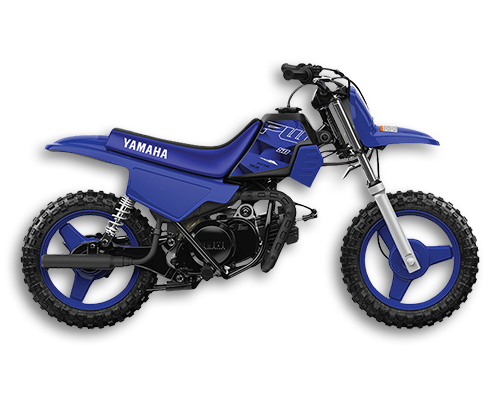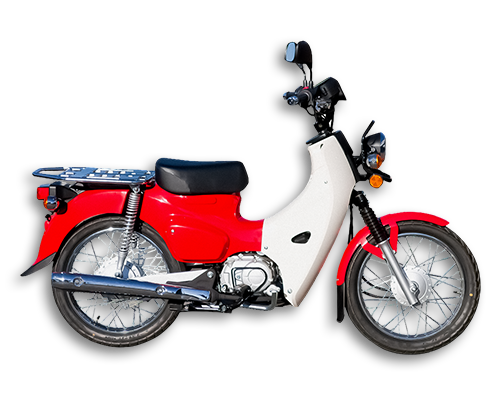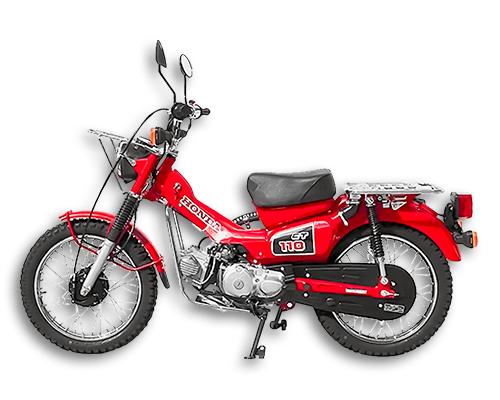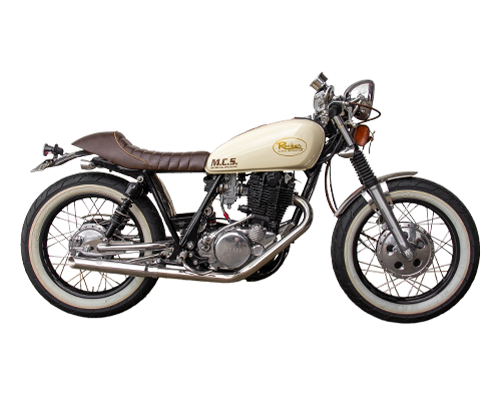At our organization, we take your privacy seriously and are dedicated to safeguarding your personal information. This privacy policy outlines the measures we take to protect the confidentiality of any information you provide us when accessing our website. We strive to adhere to the principles of data protection and are committed to ensuring that your privacy is protected at all times. Should we require that you provide certain information that can be used to identify you while utilizing our website, rest assured that we will only utilize it in accordance with this privacy statement. Your information is treated with the utmost confidentiality and is never sold, rented or shared with any third parties except where it is required by law or as is necessary for providing you with the services you have requested. It is important to note that this privacy policy may be updated periodically as new information emerges or as regulations change. We recommend that you check this page regularly to ensure that you are aware of any changes to our privacy policy. Rest assured that we are committed to informing you of any changes made and will continue to keep your privacy interests at the forefront of all policy updates.
Our company may collect certain types of personal information from you when you use our website, which includes:
-
Name and job title: We may collect your name and job title to personalize our communication with you and to understand your professional background better.
-
Contact information including email address: We may collect your email address and other contact information to keep you informed about our products and services, and to respond to your inquiries and feedback.
-
Demographic information such as postcode, preferences and interests: We may collect demographic information, such as your postcode, preferences, and interests, to help us understand your needs and interests better and to improve our services to meet your requirements.
-
Other information relevant to customer surveys and/or offers: We may also collect other information relevant to customer surveys and/or offers to provide you with personalized offers and promotions based on your interests and preferences.
We only collect the information that is necessary for us to provide you with the best possible service, and we make sure that your information is used in accordance with this privacy statement.
We value your privacy and want to be transparent about how we use the information we collect. Therefore, we want to explain in more detail what we do with the information we gather:
- To understand your needs and provide better service: We use the information you provide to us to better understand your needs and preferences, so we can offer you a better service. For instance, we may use the information to improve our products and services or customize the website to suit your interests.
- Internal record keeping: We may use the information for internal record keeping, such as keeping track of purchases, managing customer accounts, and keeping a record of communications between us and our customers.
- Promotional emails: We may periodically send promotional emails about new products, special offers or other information which we think you may find interesting using the email address you have provided. These emails will only be sent to you if you have given your consent to receive them, and you can unsubscribe at any time by clicking on the unsubscribe link at the bottom of each email.
- Market research: From time to time, we may use your information to contact you for market research purposes. We may contact you by email, phone, fax or mail. Your participation is entirely voluntary, and you can opt-out of participating at any time. Overall, we take your privacy seriously and want to assure you that we will not sell, distribute, or lease your personal information to third parties unless we have your permission or are required by law to do so.
We take the security of your information very seriously and have implemented various measures to ensure its protection. Our aim is to prevent unauthorized access, use, or disclosure of your personal information, and to maintain its accuracy and integrity. To this end, we have put in place appropriate physical, electronic, and managerial procedures to safeguard the information we collect online. We regularly review and update our security practices to ensure that they remain effective and up-to-date with industry standards. Our website is protected by SSL encryption technology, which encrypts any data you transmit to us. We restrict access to your personal information to only those employees who need it to provide you with our services, and they are trained on how to handle such information appropriately. Despite our best efforts, no method of transmission over the internet or electronic storage is 100% secure. Therefore, while we strive to use commercially acceptable means to protect your personal information, we cannot guarantee its absolute security. In the event of any data breach or unauthorized access to your information, we will notify you as soon as possible and take all necessary steps to mitigate any potential harm.
Cookies are small files that are placed on your computer's hard drive when you visit a website. We use cookies on our website to improve your browsing experience and to understand how our website is being used. When you visit our website, a cookie may be placed on your computer that helps us to identify which pages you have visited and how often. This helps us to analyze data about webpage traffic and improve our website in order to tailor it to customer needs. We only use this information for statistical analysis purposes, and then the data is removed from the system. Cookies also allow us to remember your preferences and personalize your experience on our website. For example, if you have previously filled out a form on our website, a cookie may remember your information so you do not have to fill it out again. We take your privacy and security seriously, and we want to assure you that the cookies we use do not give us access to your computer or any personal information that you have not shared with us. You can choose to accept or decline cookies, and most web browsers automatically accept cookies. However, you can usually modify your browser settings to decline cookies if you prefer. This may prevent you from taking full advantage of the website. We want to make sure that you have a positive experience when using our website, and we believe that cookies can help us achieve this goal. If you have any concerns about the use of cookies on our website, please feel free to contact us.
When you use our website, you may encounter links to other websites that we think may be of interest to you. It's important to note that once you leave our website and visit another website through these links, you are no longer bound by this privacy statement. Please keep in mind that we have no control over the content, security, and privacy practices of these other websites. As a result, we cannot be responsible for the protection and privacy of any information you provide while visiting such websites. We urge you to exercise caution and review the privacy statement and terms of use of any website you visit, especially if you are asked to provide personal information. This will help you understand how your information may be used and whether or not it will be shared with third parties.
In order to ensure that your personal information is being used in accordance with your preferences, we offer you a certain degree of control over the collection and use of your personal data. If you have previously agreed to us using your personal information for direct marketing purposes, you may change your mind at any time by contacting us in writing or via email. We will immediately update our records to reflect your new preferences. Furthermore, if you prefer not to receive promotional information or offers from us, you can choose to opt out of this service. Whenever you are asked to fill in a form on our website, look for the box that you can click to indicate that you do not want the information to be used by anybody for direct marketing purposes. It is important to note that we will not sell, distribute, or lease your personal information to third parties without your explicit permission, unless required by law to do so. However, we may use your personal information to send you promotional information about third parties that we think you may find interesting if you tell us that you wish to receive such communications. If you believe that any of the information we are holding on you is incorrect or incomplete, please do not hesitate to contact us as soon as possible by writing to us or emailing us at the provided address. We will immediately review and correct any information found to be incorrect.
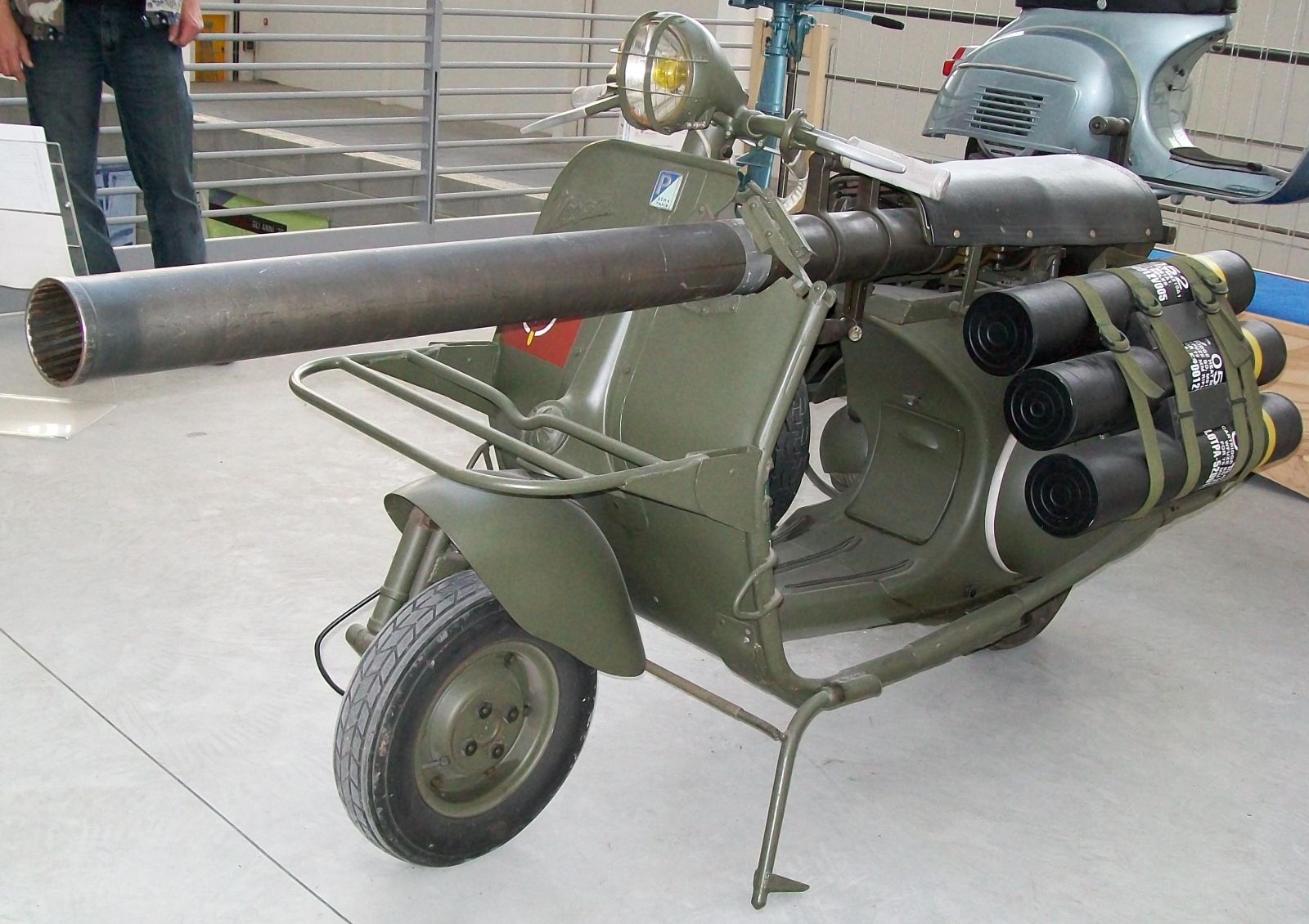
 Early Days: World War I and World War II
Early Days: World War I and World War II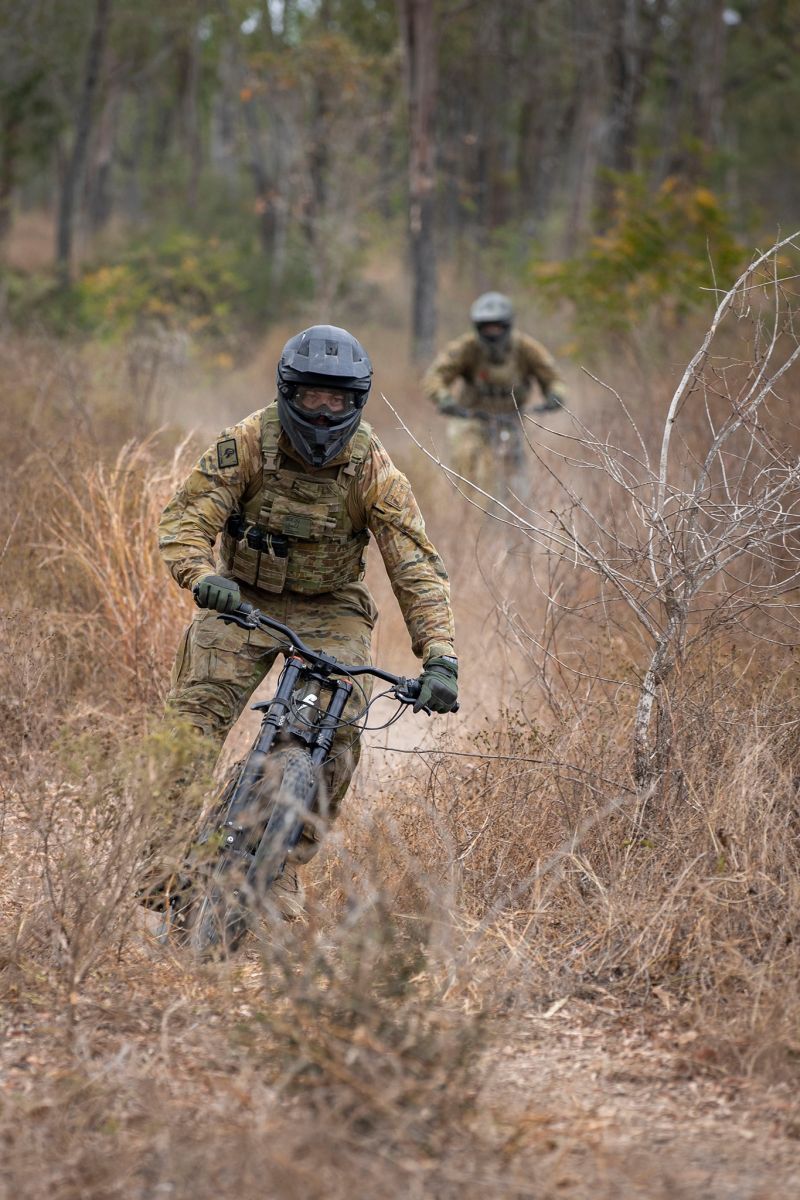 The Cold War and the Vespa TAP 150
The Cold War and the Vespa TAP 150

